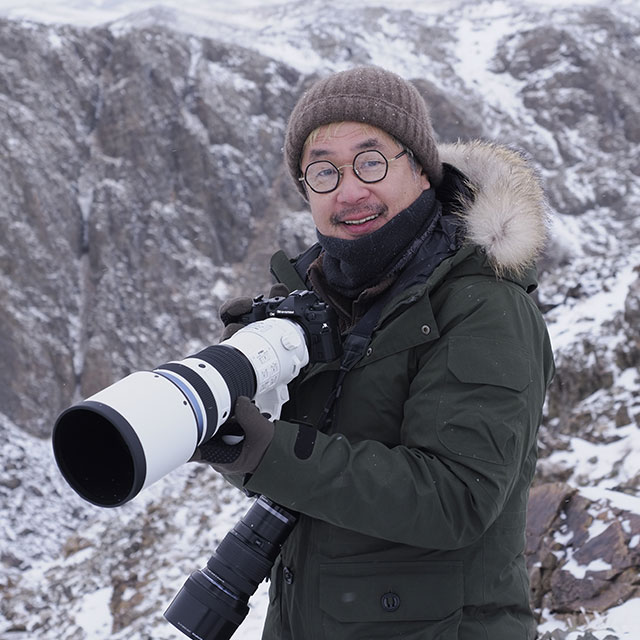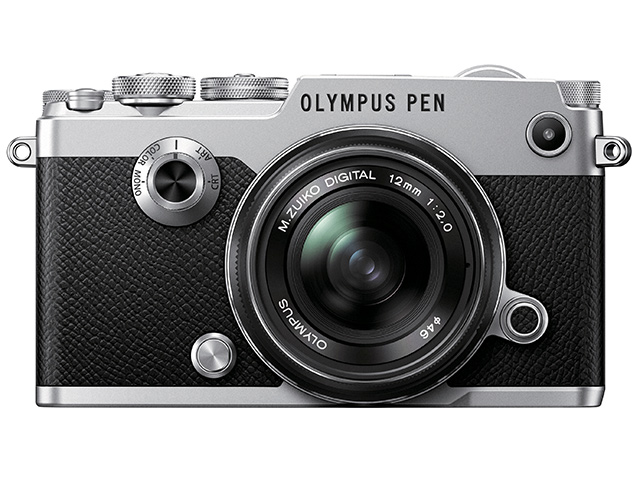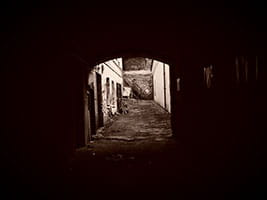
Tetsuro Shimizu

Tetsuro ShimizuJapan
Born in Yokohama City in 1975. After graduating from the Nippon Photography Institute, Shimizu worked as an assistant to photographer Toshinobu Takeuchi for three years and then began freelancing at 23. Active in a wide variety of genres including nature to snapshots and documentary photos with a unique point of view. His photo collections include CHANGE, New Type, Otamajakushi Genetic Memory (Tadpoles’ Genetic Memory), Wadachi (Track), Tokyo Karasu (Tokyo Crows), and the photo essay Umatabi - Mongoru 20 Nenkan Shuzai Shita Shashinka no Kiroku (Journey on Horseback - The Journal of a Photographer Covering Mongolia for 20 Years). Holds many individual exhibitions. Main awards include the 1st Yonosuke Natori Photography Award, the 2014 Photographic Society of Japan Newcomer’s Award, and the 2016 Sagamihara Photography Newcomer Honorable Mention Award. He is a director of the Japan Professional Photographers Society and a part-time lecturer in the Department of Photography, College of Art, Nihon University.
I select a profile based on the mood of the day, then proceed to shoot. Some days I’m happy with the colour and monochrome presets, and other days I like to change settings to fit my own style. Although I never hesitate with settings if I have a complete image in my head that I want to capture, it doesn’t always work that way. But there’s no need to rush the process. The advantage of a compact system camera is the ability to check the results through viewfinder and on the rear monitor while shooting. Sometimes ideas come to mind for the next shot where I know what settings to make, and the image in mind solidifies while I change settings.
What I find interesting about Monochrome Profile Control is the ability to add film grain effects, adjust the colour, and set the colour film on the camera itself. When I was in photography school, I always attached a yellow or orange filter to the camera when shooting with monochrome film. The reason for this was to add contrast when shooting for easier prints. Honestly though, I didn’t like ruining perfectly good lens quality by adding noise to the shot. The ability to add any kind of effect using camera settings and shoot while checking the images wipes away photographer misgivings, giving you the confidence to take the shot. I’m sure most people will be amazed that these are all unedited photos.

PEN-F
A timeless beauty with with its rangefinder style. For the true camera enthusiast. The masterpiece: PEN-F










